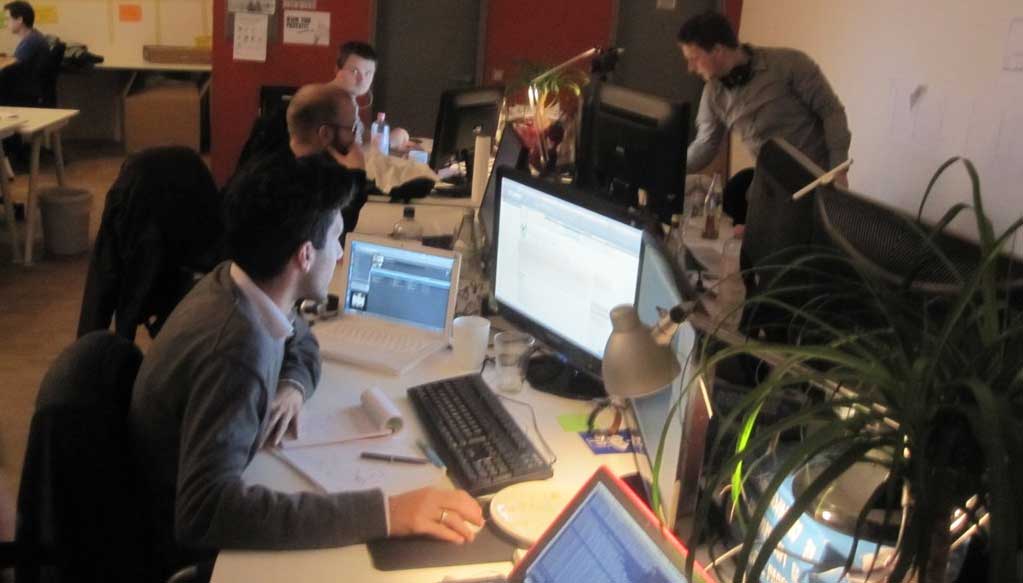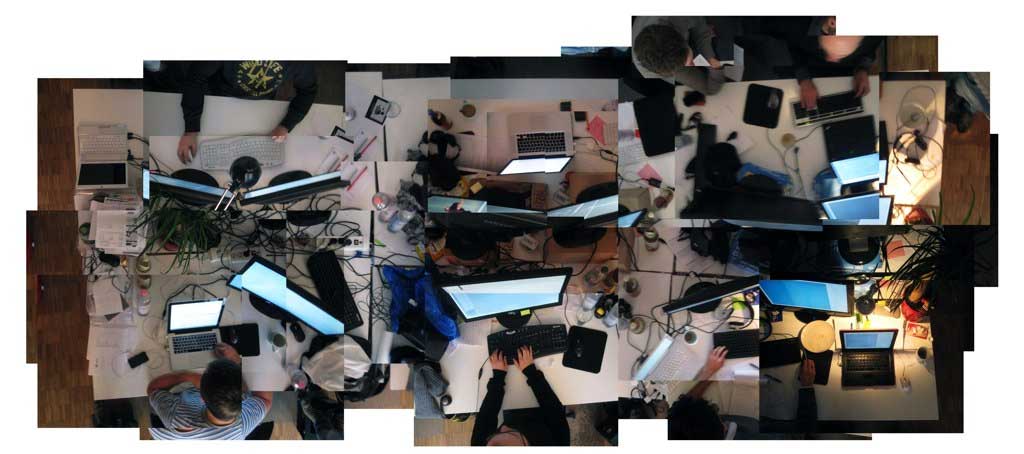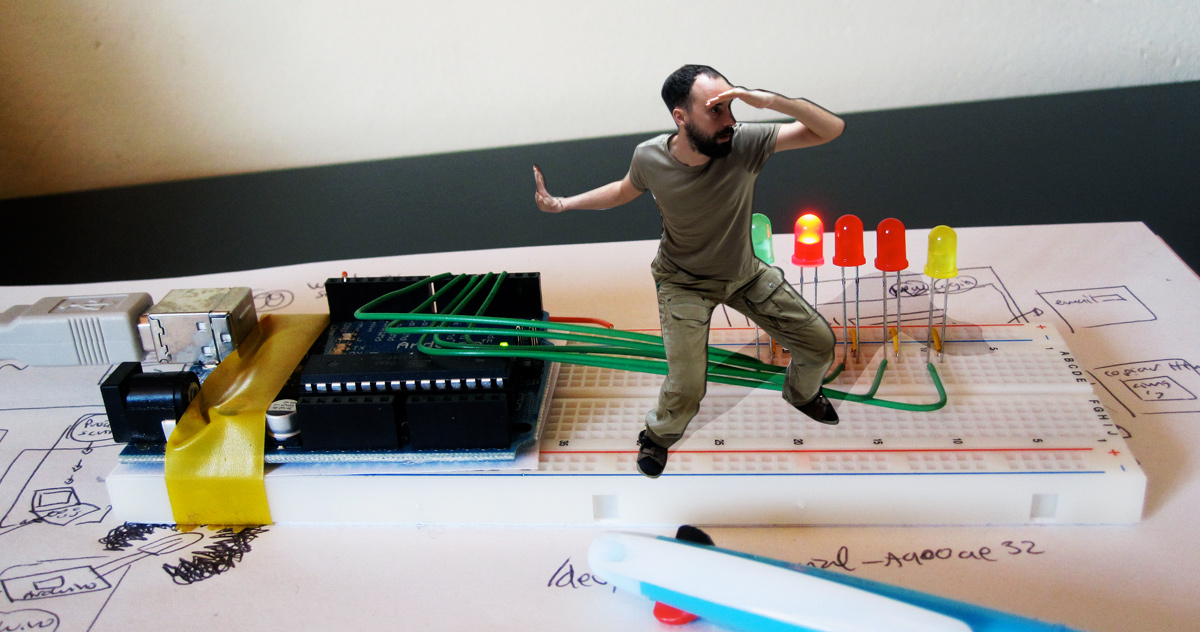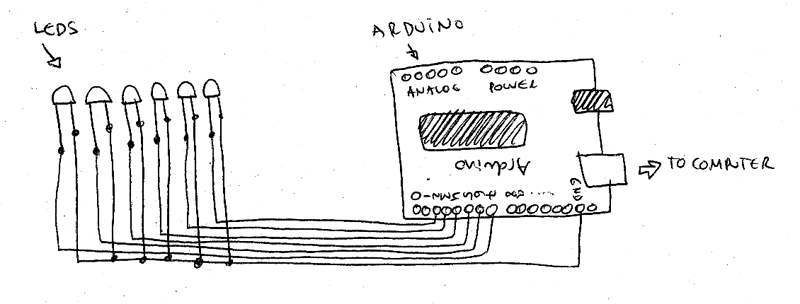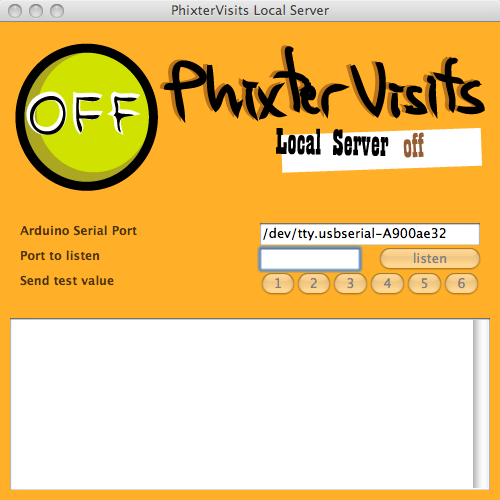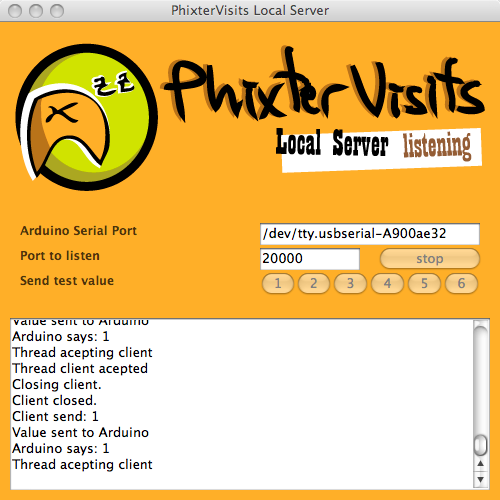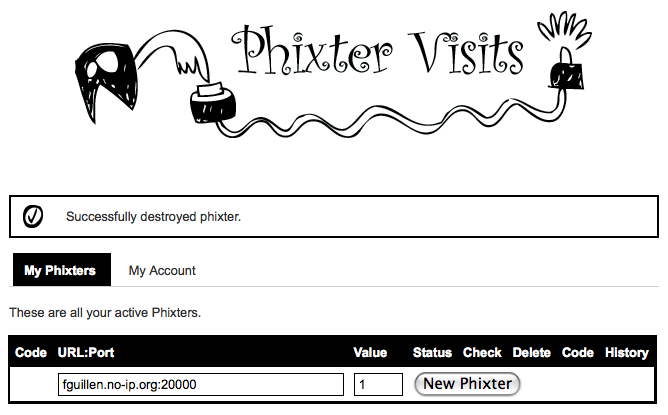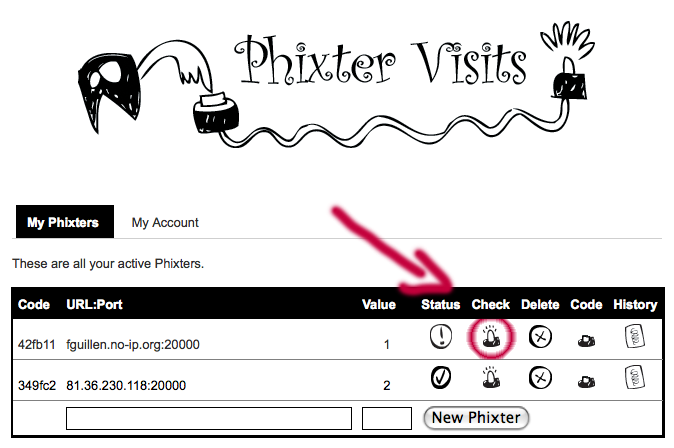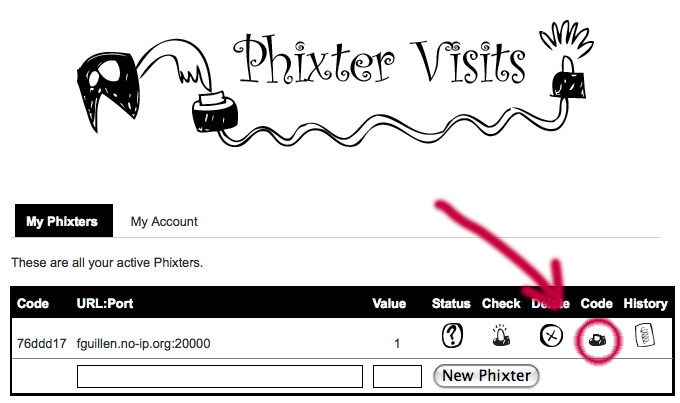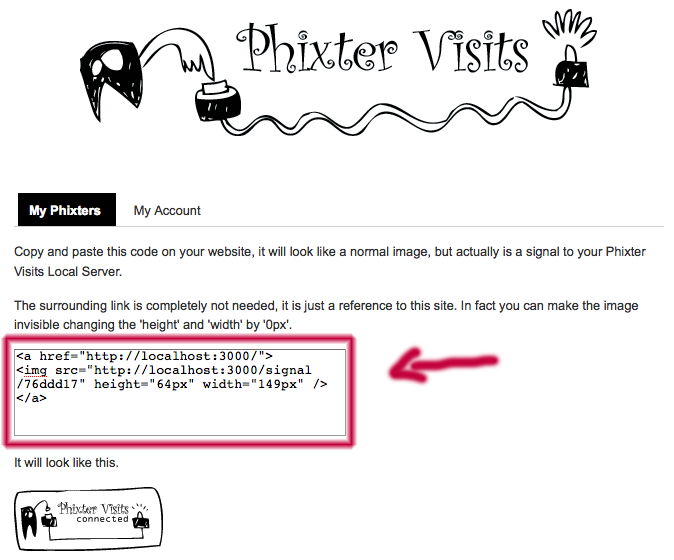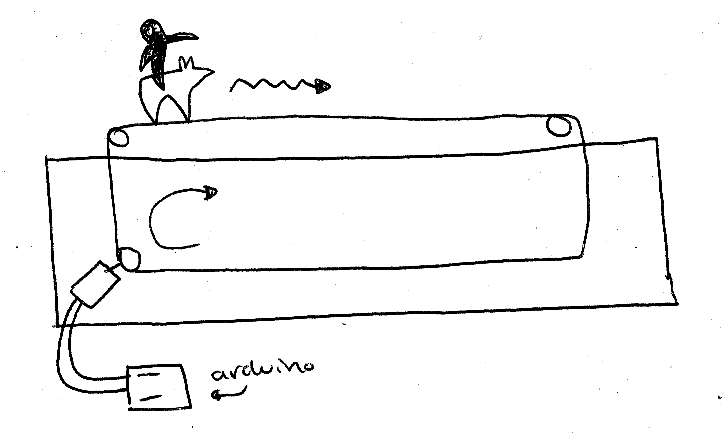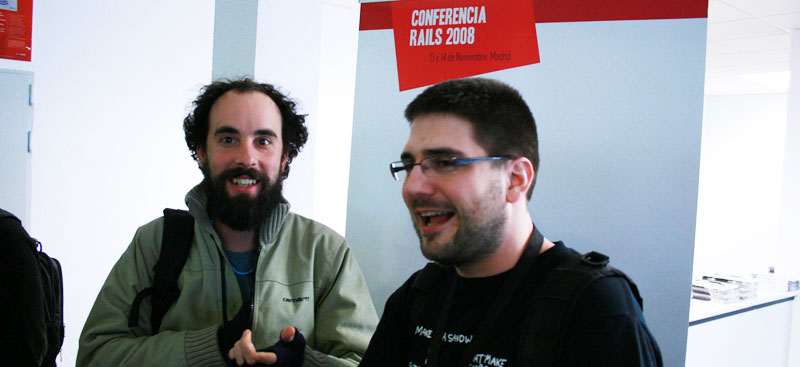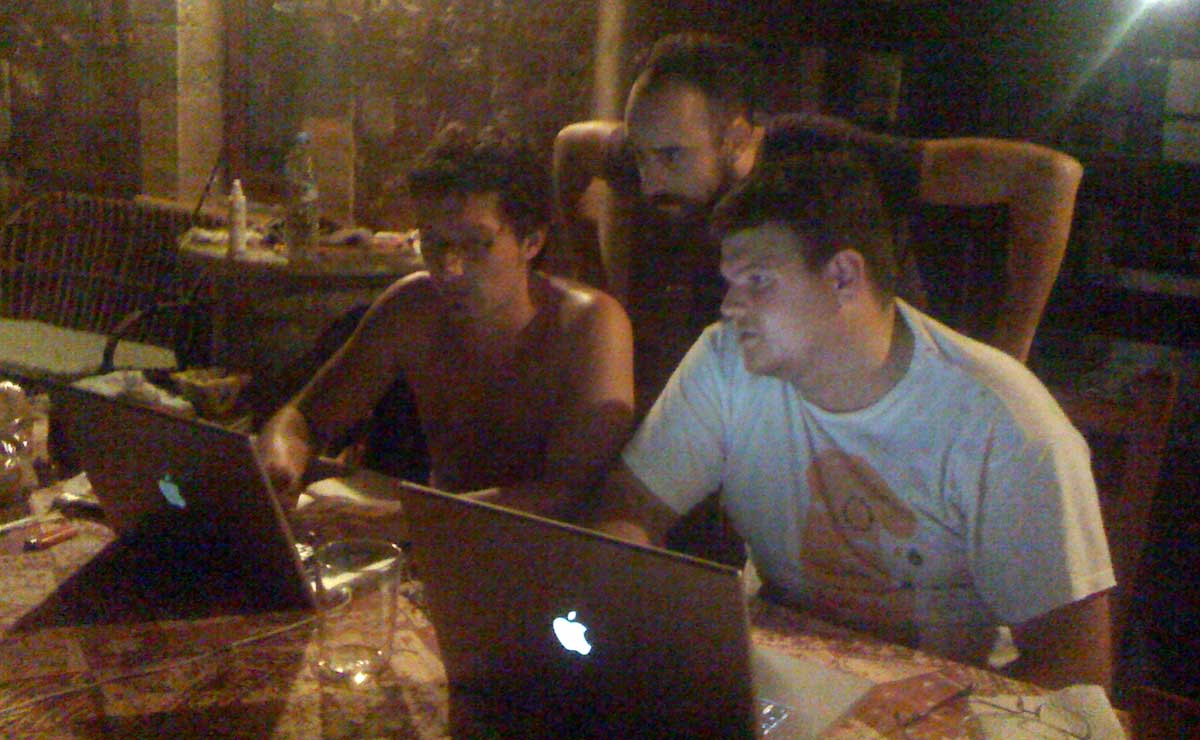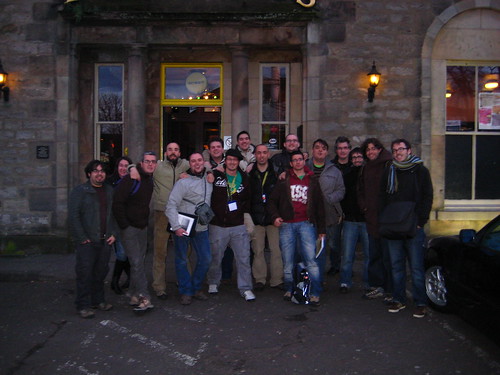Coding in Berlin
Today I have comeback from a five months isolation bubble of coding, partnership and teamwork in Berlin.
When I talked by phone with Markus for first time I didn’t expect how wonderful and grateful was gonna be to become the new member of his team.
I just was looking for a position that allow me to work among an small developer team and I found an excited startup very concerned in find the most talented people, I have spent half of a year surrounded by 60 very interesting and friendly people from more than 22 nationalities.
The multidisciplinary team
One thing SponsorPay has confirmed to me has been that it isn’t possible to success in an Internet entrepreneurship if you only focus in technology. From the 60 people of the Berlin SponsorPay’s team only 7 of us are programmers. The big weight of the business is carried by people attending the needs of our customers and users, people thinking in new business ideas, people measuring what is working and what isn’t, people talking to other people about us, …
Of course every of these departments depends in one way or another in our small techie team, as well as we depend in the plugs to work, is a very common mistake to don’t think even in the existence and the necessity of this people as much as the programmers.
You are very wrong if your think behind a successful website there is just code.
Teamwork
This last five months have been stressful and rewarding very just in the perfect balance. I feel like I have been doing anything else but work but in the same time I feel full and not empty.
In any case my stress feeling has never been produced because an slavery schedule or my bosses pushing me, all the opposite, the schedule is based in objectives and not in hours sitting down on the chair, an the objectives for every sprint are decide by all of us with especial respect for the development team previsions.
Technically the projects we are carrying are not specially complicated, the hard part is that every thing is in continuos movement and everyone in the team has to know and to understand what the others are doing.
We have become in a git warriors.
Another hard side of our technology is that it has to deal with a high work load, with an average of 150 requests/second and maximum peaks of 400 requests/second, we have to move any feet very carefully.
So this is the situation: we are 7 people dancing together in a very dense and moody multiple choreography carrying cups in our hands under an storm trying to not any drop to touch the floor.
This is why they need good dancers and this is why they can be proud of the dance group the already have.
The European Style
Another thing I have felt in my professional experience in this wonderful city is the respect for the talent.
SponsorPay is a company with less than two years wich has already raised more than 10€ Millions of venture capitals.. And of course is not the only startup based in technology business that is protected this way by investors.
What is this money for? To build a good team, talented professionals. They know to obtain this costs money, they know they need it and they know that to choose a regular worked instead a good professional is never profitable.
Why isn’t this happen in Spain? Because there are not experienced business people carrying startups, so all the startups are carried by, possibly, enthusiastic people who is risking his own money to become an idea in a reality, but, sorry I say this, this is not enough. One of SponsorPay’s cofounders, and actual CEO, left his job as CEO of Telefónica Deutschland to push up an small company that was fighting in a very risky and futuristic business model.
When have you seen this in Spain? Do you imagine this guy taking the decision to change his very comfortable, and profitable, chair to put all his expertise and, even most important, all his contacts to drive a tiny and unknown company of uncertain future born in the hands of a twenty-something entrepreneur?
The summary of these last paragraphs is something that is becoming in a ‘meme’ lately: If you are a good professional and you want to find people that appreciates and respects your value run away from Spain.
So, what have I come back to Spain?, you will be wondering… because this and this. Besides, they have offered me the possibility to telecommute :).
Friendship
But over all and the most important thing I have build in this Berlin experience has been a few really good new friends.

